This page contains some affiliate links. Please review my disclosure policy.
The other day I was sitting pulling the buds off a bundle of lavender I had dried and realized that the summer is almost halfway through here in the Northern Hemisphere so if I’m going to encourage you to grow your own medicinal herbs I should probably start talking about it now. When I completed my herbalism course I had all these grand plans of sharing herbal recipes and tips and tricks that somehow just never came to fruition. I think I got a little preoccupied with actually growing and harvesting my herbs that I forgot to talk about them.
But better late than never! I want to share some of my favorite herbs to grow at home that have all kinds of medicinal benefits. Even if you don’t have a garden (or a green thumb!), many herbs can be grown at home and aren’t too finicky to grow.
Just a reminder – while I may certified in the uses for various herbal remedies, I cannot offer you specific advice regarding your medical conditions. I’m simply sharing my own herbal experience and the benefits I have found.
Peppermint
Peppermint is one of the herbs everyone should have at home. It grows great indoors, has many uses and can help everything from upset stomachs to throbbing headaches. There are many different mint varieties (at least 16 that I know of!) but peppermint is the most classic.
Benefits
Peppermint is widely used as a digestive herb for treating upset stomach, nausea and indigestion. Its essential oils contain a high amount of menthol, which works to relax the muscles in the walls of the stomach and intestines. Menthol can also be helpful in releasing tension headaches.
How to Grow + Uses
Planting: Mint can be grown indoors or outdoors in containers or in a garden bed. Mint’s roots are invasive and can take over your garden bed so container gardening is recommended (8-10 inch deep pots at least!). It likes full sun to partial shade and will thrive in a windowsill or outdoors.
Watering: Water mint regularly and evenly. Mint prefers moist soil. If grown in dry soil mint will spread less rapidly however established mint can still do well in drought conditions.
Drying: Dry stems upside down in a warm, shady place; let stems dry for 2 to 5 days (maybe longer if humidity is high in your area) and then strip dried leaves to be stored in an airtight glass container.
Uses: Fresh or dried peppermint is delicious in tea and can help relieve upset stomach. Use in fresh summer salads or fruit salads or add to sauces and jams. For tension headaches, make a face steam by adding hot water to a bowl and sprinkle in a a handful of mint leaves. Cover with a towel and allow mint leaves to infused for a few minutes. Then remove the towel and place it around your head and the bowl so you trap the steam. Inhale for a few minutes to help relax tension in the sinuses and head.
Lemon Balm
My love of lemon balm began when I got shingles and I learned all about it’s incredible properties. Lemon balm is oftentimes overlooked in cooking but it has a similar profile to peppermint (it’s in the mint family) and you can use it interchangeably with recipes that call for traditional mint. As the name suggests it has a slightly more lemony flavor.
Benefits
Lemon balm is a nervine herb that contains antiviral and anti-anxiety compounds in its leaves. It is fantastic for treating cold sores (topically and internally) and when paired with St. John’s Wort can be a remedy for Seasonal Affective Disorder.
How to Grow + Uses
Planting: Lemon Balm can be grown indoors or outdoors in containers or in a garden bed. Like mint, lemon balm’s roots can takeover your garden bed so container gardening is recommended. It likes full sun to partial shade and will thrive in a windowsill or outdoors.
Watering: Lemon balm requires regular, even watering. It grows best in slightly moist soil but once established it can handle slight drought.
Drying: To dry lemon balm, gather 5-6 stems and tie together with string. Hang in a warm, dark place. To allow for good air circulation, do not tie too many stems together. How long it takes to dry your herbs will depend on your humidity level – it could take as little as one week or as long as three weeks. Strip stems of leaves and store in an airtight glass container.
Uses: Use fresh or dried lemon balm in tea infusions, allowing to steep for at least 10 minutes. Add to recipes as you would mint leaves. Great with fish or added to salads.
Lavender
My love for lavender knows no bounds! In the winter I drink a cup of lavender tea before bed every night but it has so many uses beyond just its culinary flavor. Lavender can be infused in oil to make a beautiful body oil or infused in water for a nighttime pillow or room spray. More suggestions below.
Benefits
Lavender is recommended for reducing irritability and nervousness, as well as reducing muscle tension and nervousness that tend to accompany stress and anxiety. Oftentimes paired with chamomile (see below) for improved sleep. Lavender is a powerhouse medicinal herb!
How to Grow + Uses
Planting: Lavender grows best in hardiness zones 5-8 but based on my experience (and zone) it can do well in zone 10 as well. Lavender grows best in full sun; it does not mind a hot sunny location, but doesn’t love humidity. You can also grow lavender inside but needs a lot of sun and a fairly large container (at least 8 inches or deeper).
Watering: Water lavender regularly until it becomes established then water when the soil becomes dry to an inch deep. Do not overwater.
Drying: To dry lavender, gather stems together and tie with string. Allow to dry in a dark, warm location for 1-2 weeks or until buds are completely dry. Remove buds from stems and store in a glass container.
Uses: Use fresh or dried lemon balm in tea infusions, allowing to steep for at least 5 minutes for full benefits. Add to baked goods, jams and jellies. Infuse in honey, oil or other medium for added benefit and scent. Add to vinegar and infuse for a natural cleaner. Dilute with water before using.
Chamomile
It’s between mint and chamomile for the most well known medicinal herb on this list! Almost everyone has heard of chamomile, most likely because they have sipped on a cup of chamomile tea before bed.
Benefits
Chamomile is cherished for its abilities to calm tension, ease anxiety and induce restful sleep. However it also has benefits for digestion and to provide relief from gas and indigestion. Its flowers contain anti-inflammatory and antispasmodic compounds that relieve pain, cramps, soreness to help soothe the body into a more restful sleep.
How to Grow + Uses
Planting: There are two types of chamomile: Roman chamomile is a perennial; German chamomile is an annual. Both chamomiles—Roman and German—prefer to grow in full sun but will tolerate partial shade. They are also cold tolerant but neither handles heat very well. You can grow them in indoors in a container, which is at least 8 inches deep. I’d recommend only planting Roman chamomile indoors as German chamomile can grow quite large and will quickly outgrow your pot. However, Roman chamomile produces fewer flowers than German chamomile so if your goal is to produce a lot of tea, go with German chamomile, outdoors.
Watering: Chamomile grows best in that is soil evenly moist but not wet.
Drying: Dry flowers on a screen or in a loose paper bag in a cool place with good air circulation. Store in an airtight glass container when done drying.
Uses: Its best use is in tea for an herbal infusion (infuse for at least 10 minutes) but flowers can also be added to salads or as garnish for an edible flower.
Holy Basil
This is not your average basil. In fact, the flavor profile doesn’t taste much like the culinary basil we are used to, however the medicinal herb benefits of holy basil (also known as Tulsi) are incredible. It has a strong clove aroma and is oftentimes used in Southeast Asian cooking. It is a frequently used herb in Indian cooking and Ayurvedic medicine.
Benefits
Holy basil is highly regarded for its ability to alleviate stress. It’s recognized as both a calming nervine that soothes the mind and as an adaptogenic herb with a balancing effect on the body. (learn more about adaptogens here). Holy basil is thought to work in part by increasing circulation to the brain, which may help improve overall brain function including, cloudy thinking and improved mental clarity.
How to Grow + Uses
Planting: Holy basil thrives in full sun but grows in partial shade too, at least four hours of sunlight a day is required. Can be grown indoors in a warm, sunny spot or outdoors where it will receive morning sun.
Watering: Water the plant when top one inch of soil is dry. Do not overwater. Reduce watering by the winter to prevent diseases.
Drying: You can either pick the leaves off and dry on a mesh screen or hang dry the leaves on the stem for 3-5 days or until completely dry. Store in an airtight glass jar.
Uses: Holy basil can be used in cooking as is common in Indian and Southeast Asian cooking. Feel free to use in place of basil in any of your recipes. It will add a minty, clovey flavor to your recipe. However I like it best as tea. It has an earth flavor but also a sweetness which I enjoy. Allow to steep for at least 10 minutes.
Obviously, I could go on for days with an endless list of medicinal herbs you can grow at home but I figured I’d start with my favorites and we can go from here. If you guys are interested in learning more about herbal medicine please let me know and I’ll gladly dedicate more time to it! Comments always welcome.
Like this post on Medicinal Herbs? Here are a few others you might enjoy:

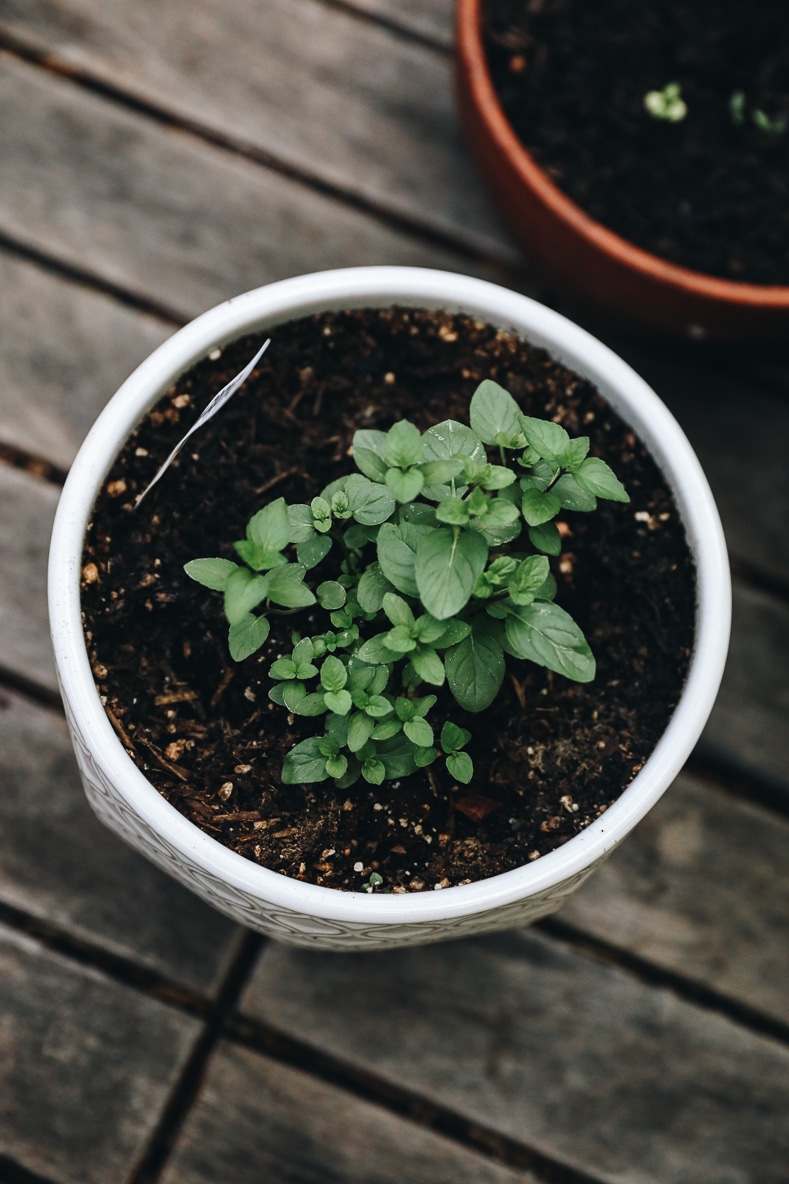
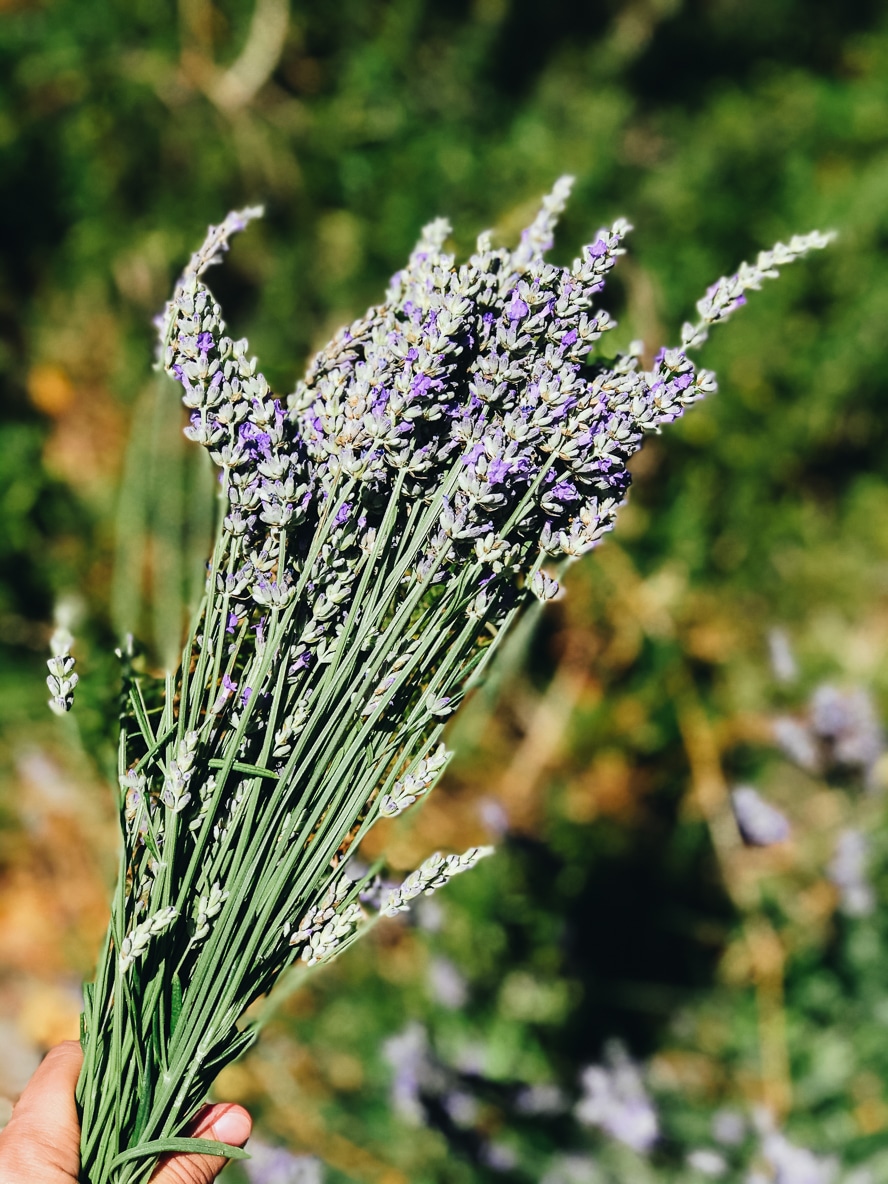
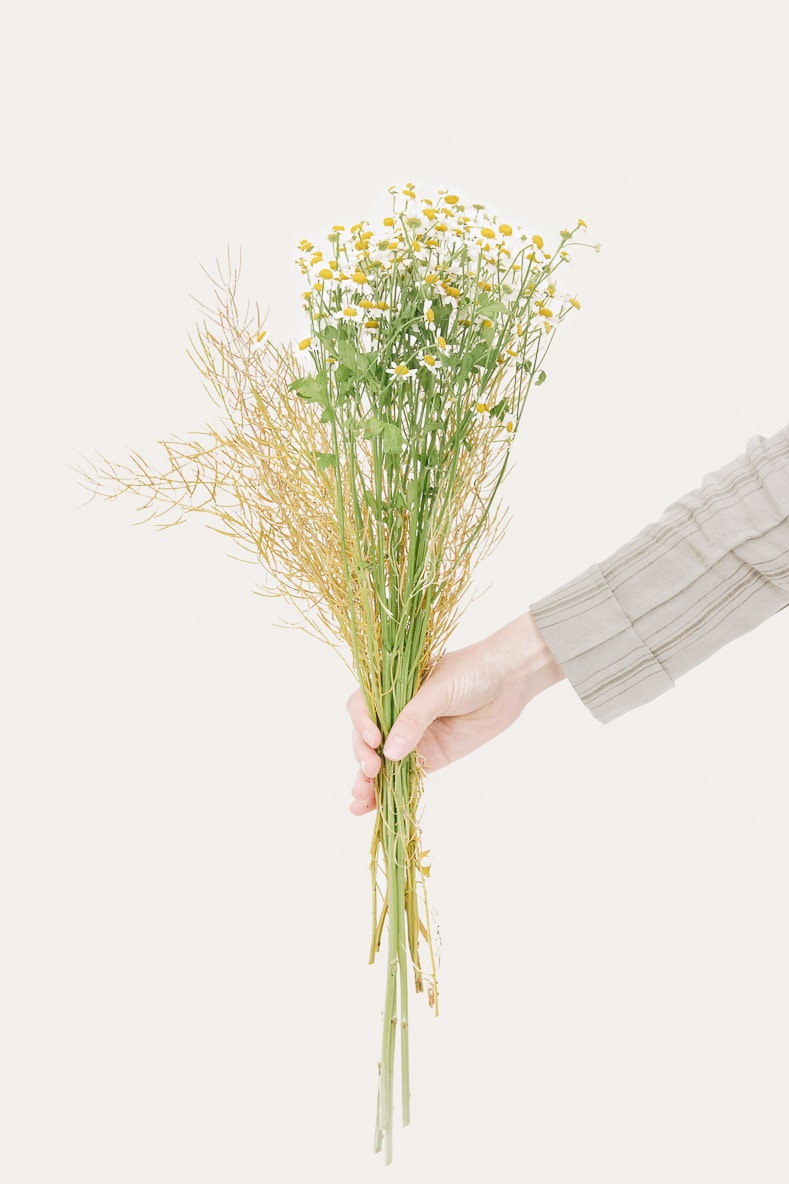

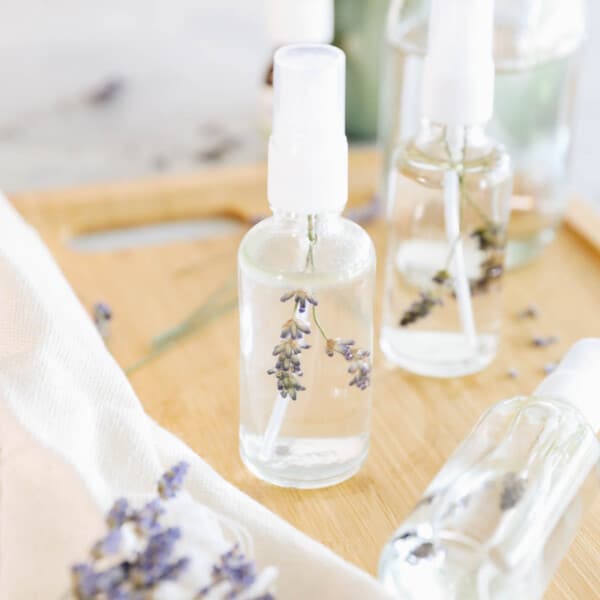
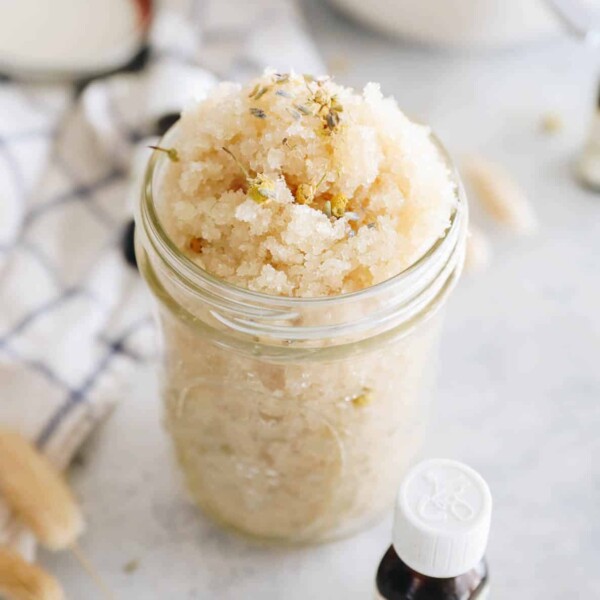
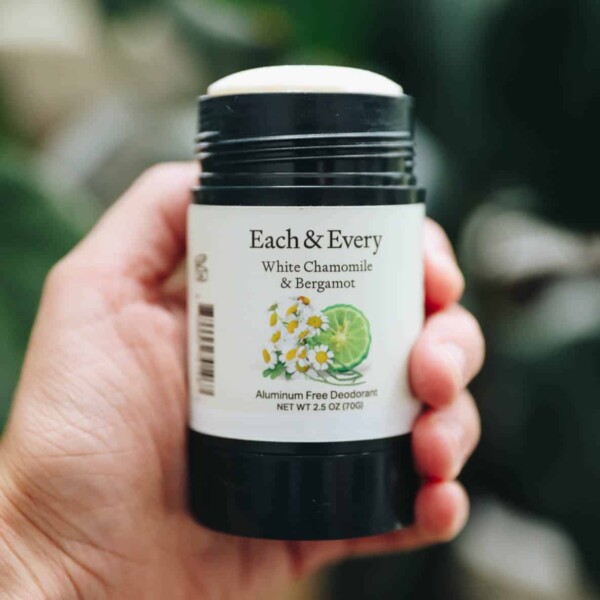
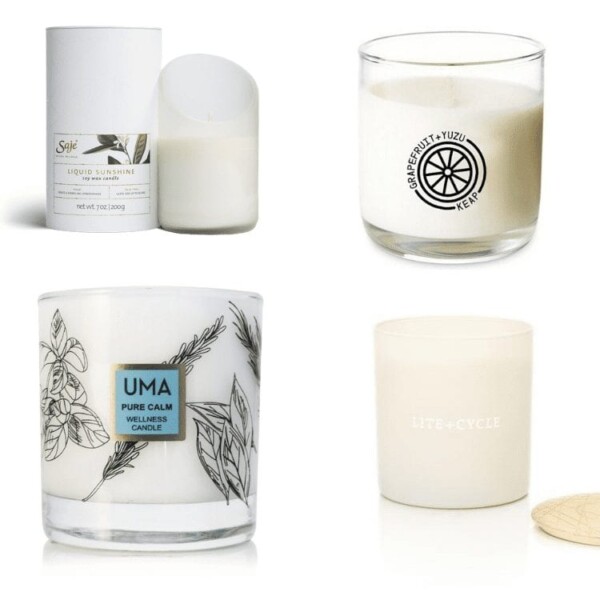





This is really Helpful- Never knew such benefits of these plants.
We can grow tulsi and levender at home for our daily use. I like to use tulsi in tea.
Hey Davida,
Great Article! I started growing my own herbs recently and it’s an excellent decision.
I grow parsley, basil, mint, sage, and rosemary in an indoor aquaponic set-up with the help of my two pet goldfish, Max and Sam.
Loved your post.
Very informative article. Never imagined growing herbs at home would be so simple and useful.
Dear Davida,
Thanks for the list of useful herbs to be grown at home. I live in India and since the climatic condition here allows us to grow many types of herbs and medicinal plants in our yards, many people who have the luxury of big or small backyard or front yard in their houses often grow vegetables and herbs at home. Usually Holy Basil is often found in Indian houses (I am happy to see you have included it in your list). Apart from this Aloe vera is the another commonly found home grown herb here. You should also include it in your article. We also cultivate mint, turmeric and onions at home.
Thank you very much for this useful article.
Giloy and tulsi are some herbs which i would suggest you to grow at home. It boosts immunity, removes toxins from the body, purifies the blood and has so many more health benefits. Its definitely a must have. But having tulsi giloy juice is an alternative which i have adopted for now. And i feel a difference for sure in my health. Highly recommended!
Thanks for the tips!